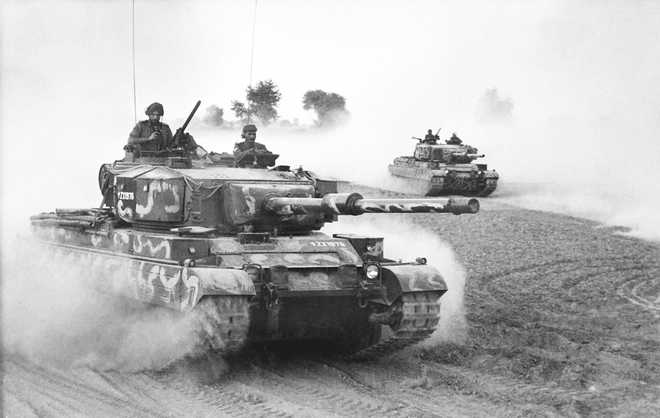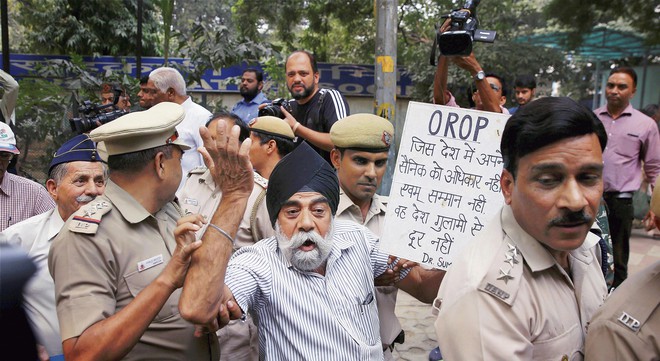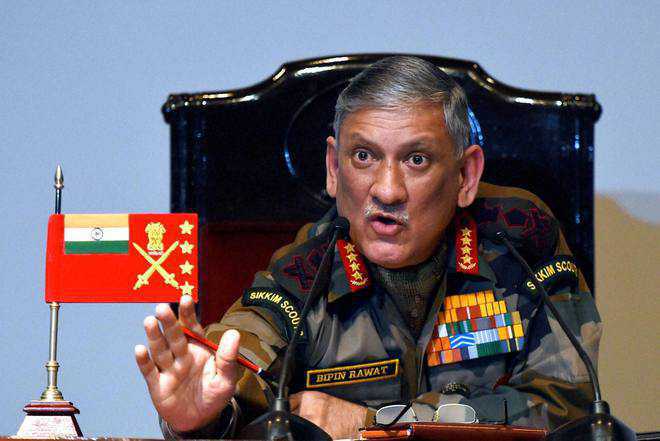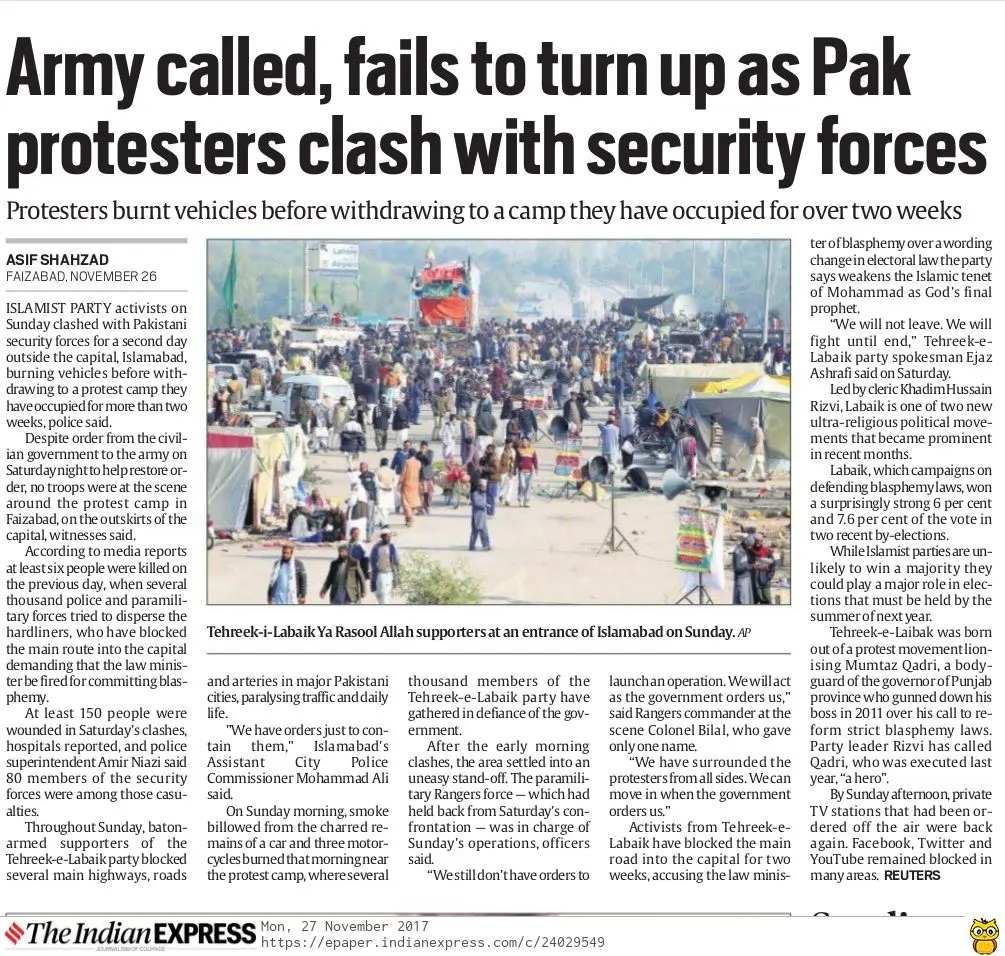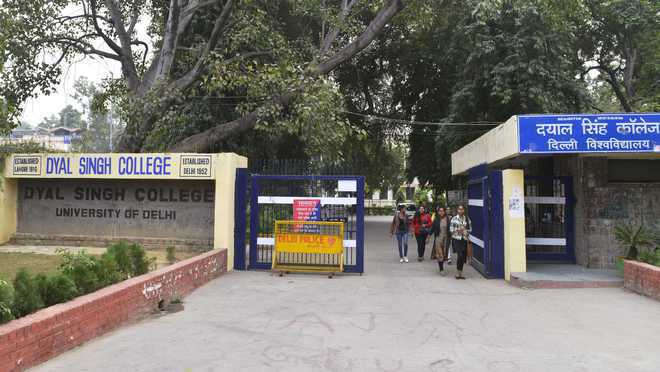RECOUNTING HISTORY Pakistan was much more flexible than India at a strategic and operational level because of its unitary command, says Lt General Shergill (retd)
CHANDIGARH : Pakistan wasn’t inclined to launch the 1965 offensive, but a couple of political decisions taken by India on Kashmir, Sheikh Abdullah’s visit to Pakistan to promote selfdetermination, death of Prime Minister Jawaharlal Nehru and unrest at home prompted President Field Marshal Ayub Khan to change his mind, said panellist at the Military Literature Festival.

There was a sense of deja vu as Lt Gen Jagbir Singh Cheema (retd) dwelt on the reasons that led to the war.
“It was in early 1964 that then Pakistan foreign minister Zulfikar Ali Bhutto set up a Kashmir cell to prevent the integration of the hill state into India.”
Ayub, he said, was disinclined to wage a war against India for Kashmir as the US had threatened to stop the supply of weapons in case of any such offensive.
But some political decisions by India on Kashmir—imposition of Article 356 and Article 357, changing the nomenclature of Jammu and Kashmir prime minister to chief minister—coupled with his close shave in the elections forced him to change his mind.
LESSONS LEARNT
Though taken by surprise at the attack, India was able to rebuff it successfully.
Fifty-three years on, the panellists mulled the course of the war and concluded they could have fared better.
As Lt Gen TS Shergill (retd) put it, “Pakistan was much more flexible than India at a strategic and operational level because of its unitary command right up to the president. India, on the other hand, had quite a few last-minute change of plans that impacted its effectiveness.”
Brig Sukhjit Singh (retd) said one of the important learnings of the war was the importance of deploying commanders who knew their troops well and were adequately trained.
“If you give a staff appointee a tactical role, he is unlikely to perform well,” he said.
The panellists agreed that Pakistani ground forces also had better coordination with the air force. Lt Gen Brar said there was a perception in the army that they did not get the required air support unlike their counterparts. To this, Air Marshal Bharat Kumar (retd), a well-known author, said there was no joint planning, just a general idea. “We were also told that we will not attack any Pakistani air field,” he said.






















































 YOJANA YADAV/HT
YOJANA YADAV/HT